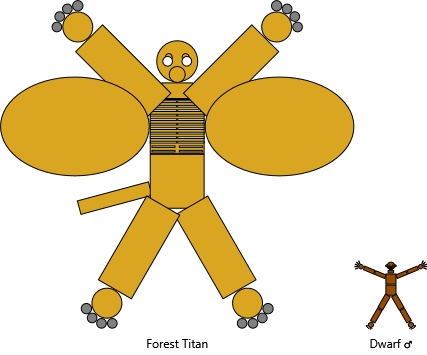

It was discovered by a metal detectorist in 2013 and thoroughly studied by archaeologists in 20. Kohtla sacrificial site is a unique deposit of Iron Age weapons and tools concealed in watery context, located in north-eastern Estonia. © Nils Anfinset and Melanie Wrigglesworth 2012. In my opinion, Tallgren's terminology corresponds better to the historical realities, and we must admit that the Bronze Age really existed in northwestern Russia, but the archaeological remains of that period are scarce as the level of the development of metal production is low compared with the neighbouring areas. Gurina (1961) later introduced the term “Early Metal Age”, uniting the Bronze Age and early Iron Age. Soviet scholars only partly supported Tallgren's hypotheses. The population were hunting and fishing with a semi-nomadic life, and were involved in trade with foreign merchants. Tallgren introduced the term “Arctic Bronze Age” and described its basic features, with the general use of tools made from stone and bone, while bronze was rare. The problems of the Bronze Age and the character of sites throughout the vast areas of northern Europe from central Sweden as far as the Volga-Kama region, including northwestern Russia, were first discussed by Tallgren (1937). Despite the relatively poor amount of evidence available at present, we are able to define the general contours of local metal production and to establish its chronology and external connections. There are few metal objects from the Bronze Age in northwestern Russia. At some settlements from that period, traces of bronze casting have been revealed. The period is represented by few settlements and single finds.

2000-500 BCE) in northwestern Russia have been poorly studied. Introduction Archaeological sites of the Bronze Age (c. Further research into freshwater reservoir offsets in the region is essential for a more reliable reconstruction of the chronology of the Seima-Turbino phenomenon and the daggers with figured handles.

The ¹⁴ C dating attributes these daggers to the end of the 3rd millennium cal BC, suggesting their similar timing to the Seima-Turbino objects. These items are mostly represented by occasional finds in Central Asia, however, in western Siberia these have been recovered from burials, too. Another important aspect of this work is ¹⁴ C dating of complexes within specific bronze objects-daggers with figured handles-which some researchers have related to the Seima-Turbino type objects. The resulting radiocarbon ( ¹⁴ C) chronology for the western Siberian sites (22nd–20th centuries cal BC) is older than the existing chronology based on typological analysis (16th–15th centuries BC) and some earlier ¹⁴ C dates for the Seima-Turbino sites in eastern Europe.

Currently, the presented database is the most extensive for the Seima-Turbino complexes. Here, we present a new set of ¹⁴ C dates from cemeteries in western Siberia, including the key Asian site Rostovka, with the largest number of graves containing Seima-Turbino objects. The majority of the Seima-Turbino objects represent occasional findings, and they are rarely recovered from burial grounds. The “transcultural” Seima-Turbino phenomenon relates to a wide distribution of specific objects found within the sites of different Bronze Age cultures in Eurasia, not immediately related to each other. This paper discusses the chronology of burial grounds containing specific Seima-Turbino type bronze weaponry (spears, knives, and celts). From these territories, further communication was developed with local communities settled mostly in enclosed sites in coastal areas and inland, in the vicinity of the River Daugava, the SE Latvian and NE Lithuanian uplands, and the Masurian Lakeland. Foreign settlement areas as indicated by stone ship burials are known in Courland and S Saaremaa as well as in N Estonia and the Sambian Peninsula. We hypothesize that severalĬoastal regions were temporarily settled by people of Nordic origin who participated in an exchange with local SE Baltic communities via itinerant bronze production. Through typological identification of the negatives in casting moulds, we assess predominantly Nordic artefact casts, in which the production of KAM (Kel’ty Akozinsko-Melarskie) axes was distinguished at a higher frequency. This paper analyses the bronze casting remains found in the SE Baltic and discusses the role of these production sites within a wider European network. The SE Baltic Bronze Age is characterized by a lack of indigenous metalwork traditions as it had been a time when metal finds were predominantly imported or were cast locally, but in foreign styles.


 0 kommentar(er)
0 kommentar(er)
